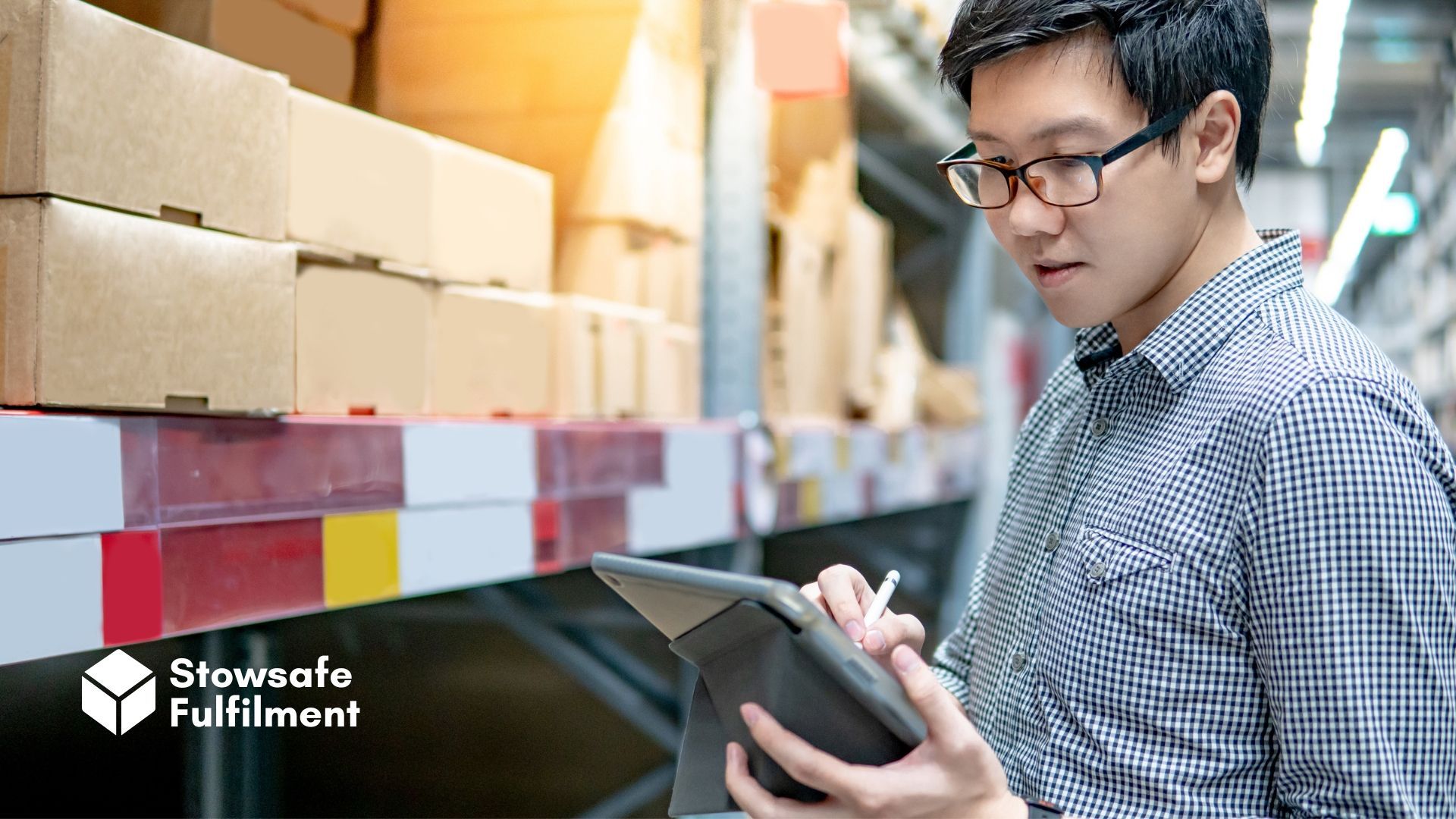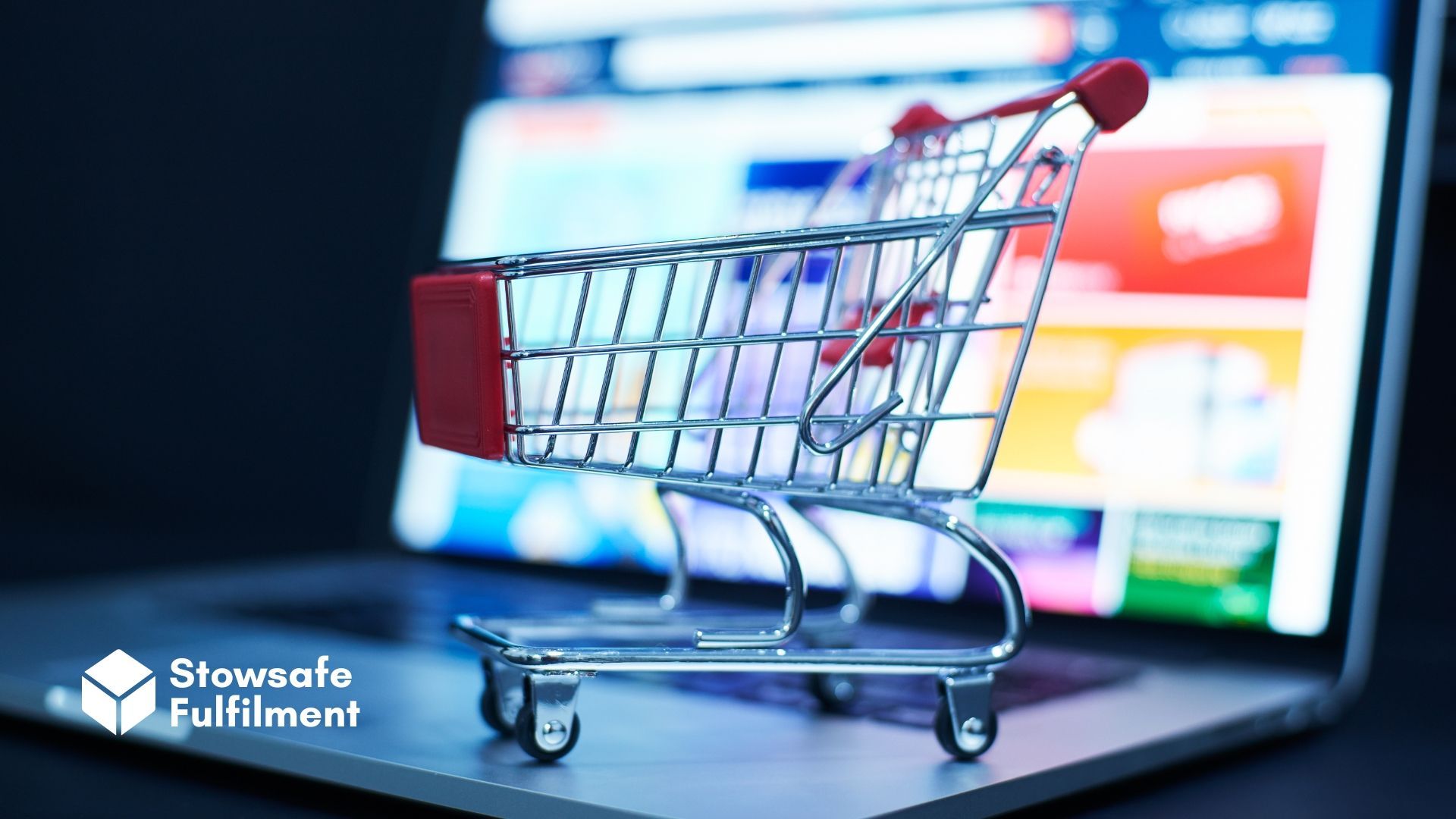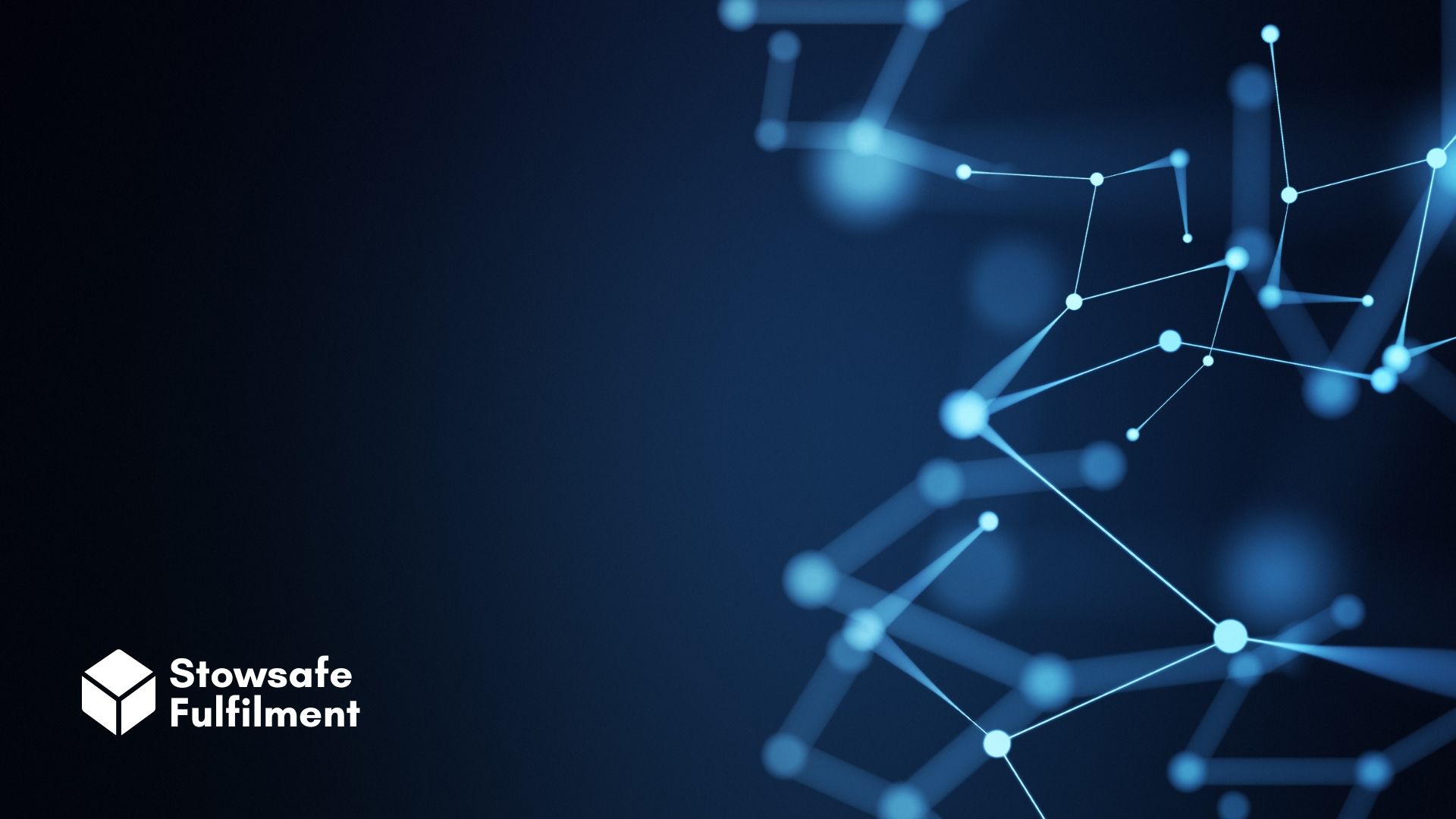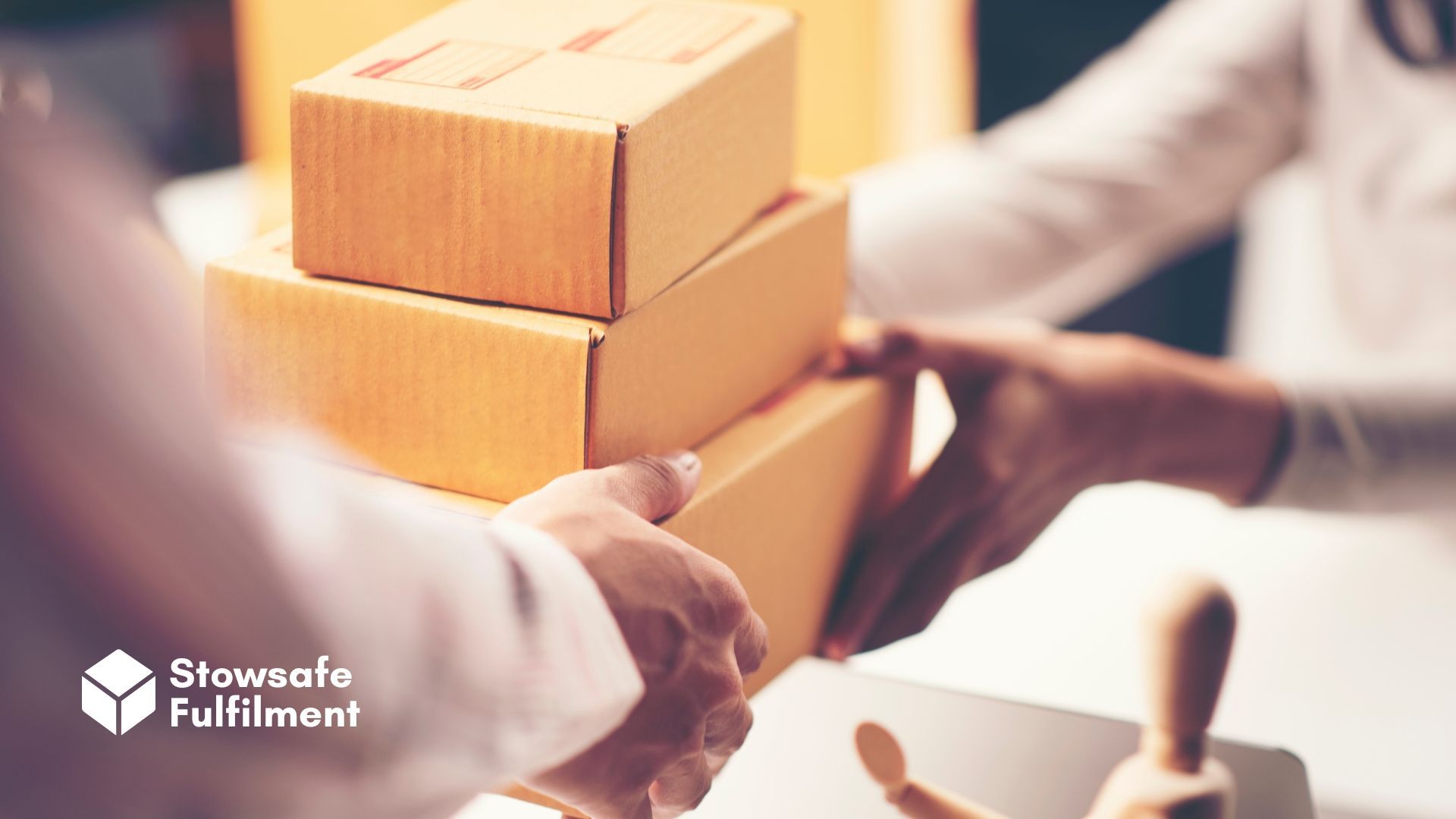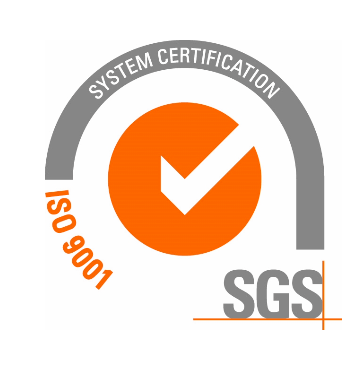From website to warehouse, modern technology is key to success in eCommerce. Learn how the IoT is making online fulfilment faster and more efficient.
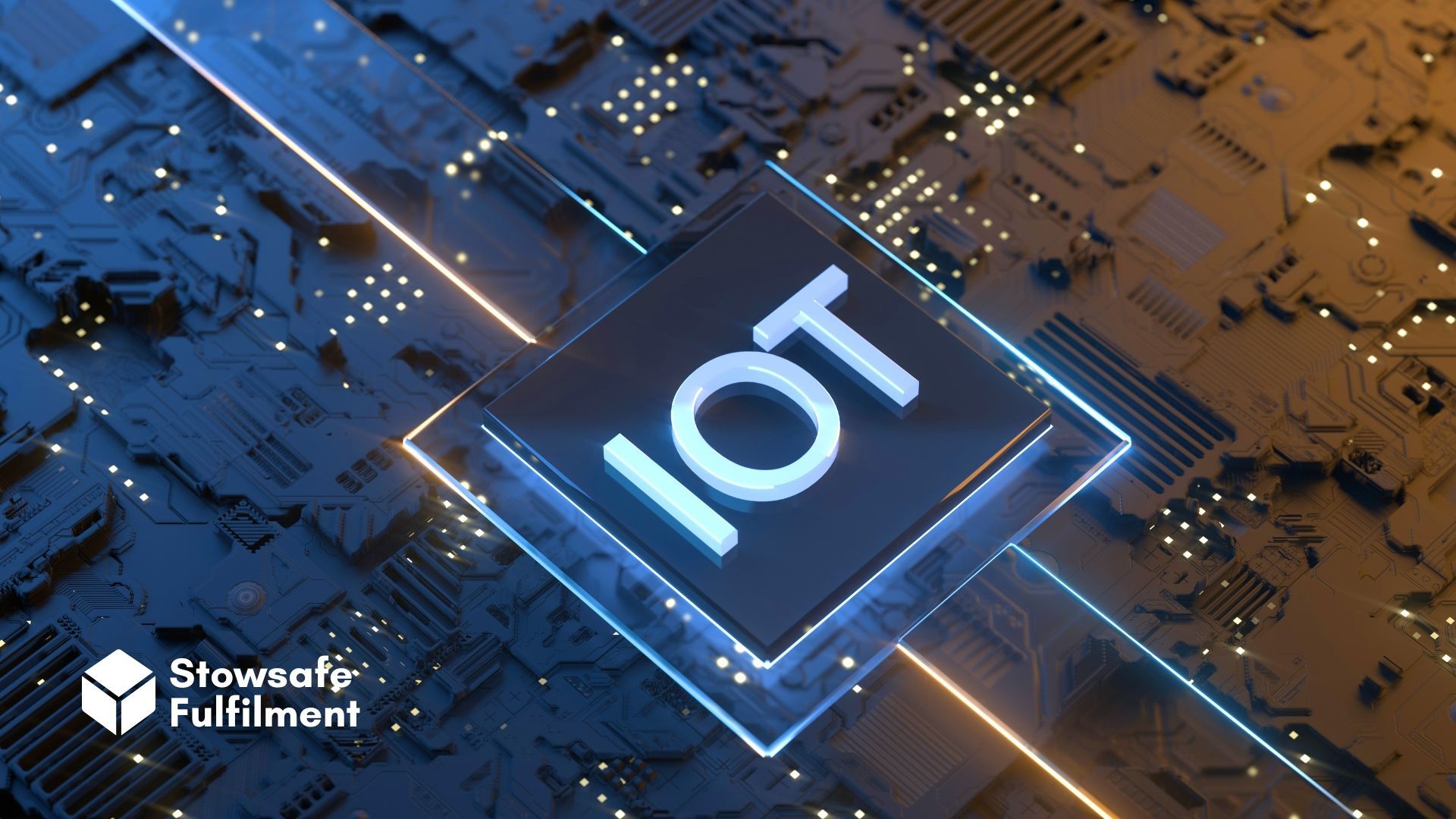
As the appetite for online shopping continues to grow, eCommerce retailers must ensure every part of their business is optimised. Maximum efficiency means maximum value, after all.
Gone are the days when consumers would happily wait a few days for their package or tolerate empty store shelves. These days, organisations must work hard to give their customers everything they need in the timeframe they expect.
From website to warehouse, technology is the only way to stay ahead – and that means understanding how the internet of things (IoT) can benefit retail fulfilment.
What is the internet of things?
The IoT describes a network of connected devices, as well as the technology that facilitates communication between them and with the cloud. Smart devices containing embedded systems, such as processors, sensors and communication hardware, can be used to send and act upon data collected – with little to no involvement from humans.
Today, organisations within many industries use IoT for operational efficiency, to support decision-making and to better understand their customers.
In the fulfilment industry, IoT extends into many key areas, including inventory control, order processing, logistics tracking and replenishment – to name but a few.
So what kind of IoT tech can be implemented into the fulfilment process?
Common IoT devices for fulfilment
Radio-frequency identification (RFID) tags are commonly used. Each unique tag can hold a wealth of product information such as SKUs, location, dimensions and production dates. The technology is durable, reusable (meaning data can be rewritten for new uses) and fast-scanning. Combined with the ability to integrate with barcode scanners, RFID tags could soon become a must-have for high-load warehouses.
Bluetooth beacons connect to other devices to track assets and facilitate inventory management. Sensors monitor vehicles for performance, idle times, and collision risks, while wearable gadgets aid staff activity. As it's more accurate than GPS tracking, the location of equipment and products can be speedily identified, increasing efficiency across the warehouse floor.
Smart sensors contain processing units that detect specific items and analyse data before it's transferred to a server. They're appealing for warehouse operations because they improve security, health and safety and automate manual processes. Acoustic, chemical, environmental, image and motion sensors ensure the warehouse operation is running smoothly, safely and to the standard expected. If it isn't, managers are notified immediately.
So, technicalities aside, what can we expect to see IoT devices achieve within the fulfilment sector?
Greater visibility across the supply chain
When it comes to managing the product journey, IoT technology offers visibility like never before.
The supply chain for eCommerce is complex – and using IoT devices allows for greater visibility and security for all parties. A network of devices enables timely, often automated status reports that monitor the order as it moves from payment received to order in progress, from dispatch to courier and, finally, from delivery to customer.
The eCommerce industry is already familiar with the impatient customer who now expects real-time updates on their order. This isn't just due to the likes of Amazon offering next-day or same-day (or even same-hour) delivery options. It's also because most online customers know the pain of missing the knock at the door or waiting weeks for a parcel that's been lost in transit. For retailers, who often end up footing the lion's share of the bill for replacements, second delivery attempts and returns, heightened connectivity has a clear appeal.
It's equally important in the back of the shop. Connecting vehicles, equipment and devices across the supply chain means managers enjoy real-time tracking of inbound and outbound deliveries where they previously relied on vague booking slots or waited for sluggish systems to update arrival times. For larger operations that involve multiple locations and sites, reducing silos in the fulfilment process keeps goods moving efficiently, reducing costs to the wider business. It goes a long way to avoiding costly bottlenecks, too.
Cost efficiencies in recalled products
Product recalls can be a logistical and PR nightmare. Operationally, it's costly for an organisation to recall an entire production after discovering product defects, but it also exposes the brand to compliance, legal, and reputational difficulties when the consumer is put in danger through faulty goods.
While the IoT can't inherently minimise the risk of a supplier or manufacturing fault, the ability to track and identify individual shipments does allow the retailer to tailor their recall response to a much smaller pool of genuinely affected stock.
Better warehouse management
The most obvious – but undoubtedly the most important – benefit of IoT lies within the fulfilment centre itself.
A truly optimised warehouse is efficient, accurate and reactive, playing a critical role in the health of any business. IoT devices can be implemented in a variety of ways to streamline ways of working, reduce manual intervention by workers and offer great visibility to aid management decision-making.
Wearable devices optimise picking routes, boosting staff productivity and reducing idle time. Stock can be found fast, no matter where it is, meaning customers receive their orders more quickly, with less risk of missing or incorrect components.
Inventory levels can be monitored via tags and sensors, aiding pick shelf replenishment. This is vital to keeping large-scale operations running smoothly and ensuring reorders are placed with the manufacturer in time to keep availability constant.
For temperature-sensitive inventory, such as food, chemicals or alcohol, smart sensors can monitor warehouse temperature, humidity and air pressure – and notify controllers when deviations occur, minimising the risk of ruined stock or accidents.
Straight out of a futuristic novel, demand-aware warehouses are now combining IoT with artificial intelligence (AI) and machine learning to make data collection more dynamic. Warehouse pick robotics, monitor drones and motion sensors create a network of intelligent and reactive devices capable of maintaining much of the running operations, with little need for human intervention.
At Stowsafe, we know the value of technology for order fulfilment. Our warehouse management system integrates with all leading eCommerce platforms, allowing for seamless visibility throughout the logistics process. Need Shopify, Amazon, eBay or
Magento fulfilment services?
Get in touch today.
All Rights Reserved | Stowsafe Fulfilment


